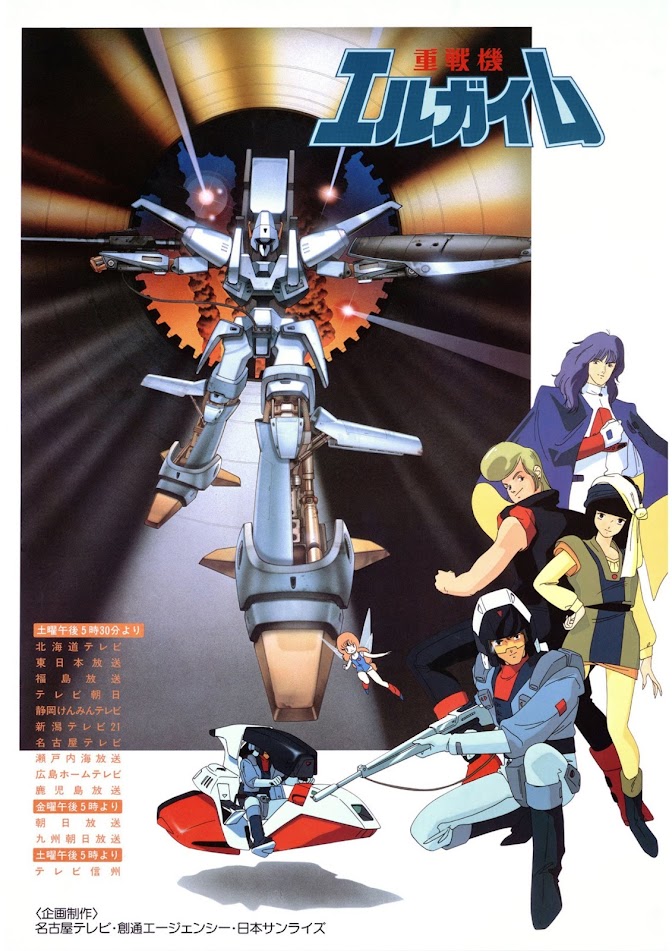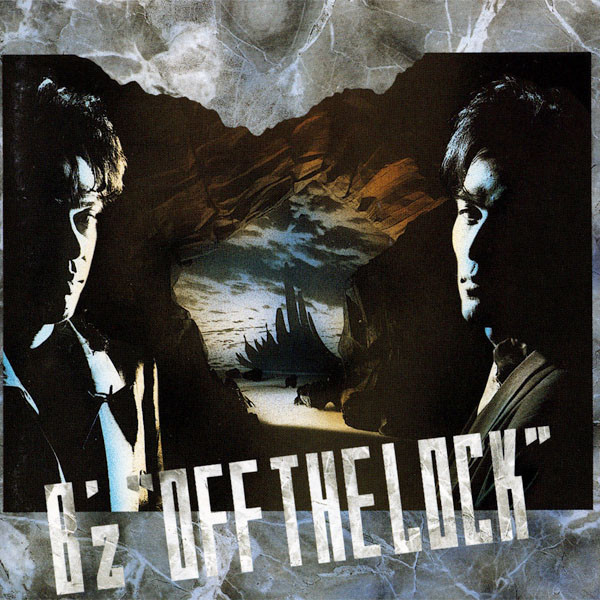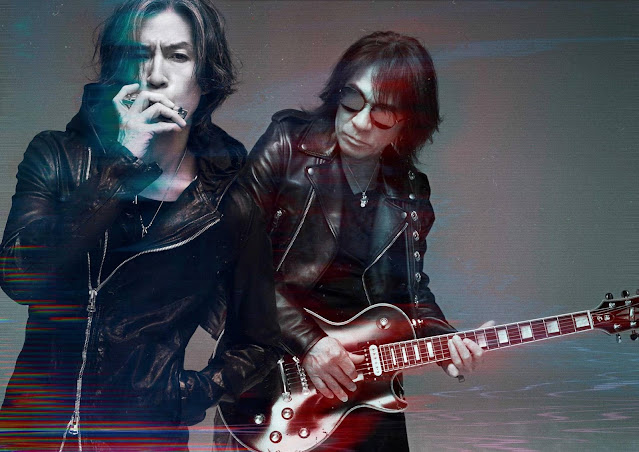I originally held off on doing this, because 2024 just wasn't a very interesting year for the band, but I eventually relented, deciding to be consistent and keep up these TM Network year end reviews. They're easy to write and I love this band, so that's reason enough.
2023 was a weird year for the band. A new album made after they got back together, and it was... meh... What could have been a chance for TK to really silence his haters after the nasty divorce from Keiko ended up being 4 unasked for rerecordings of old hits, 3 or 4 mediocre concert supplement songs of which only one was fit to even be included on an album. 3 actual new songs, and a studio version of a song that band had been playing live since they formed. A banger City Hunter movie theme was the only thing even kept them going that year, and a questionable single left a question mark on their whole year. So... how did 2025 fair for them? It's a big year given it is the 40th anniversary of their debut album releasing.
Well the City Hunter hype train kept a-rollin' into 2025. The band was celebrating their iconic City Hunter theme "Get Wild" a lot throughout early 2024. They explored the making of it and were just promoting it, banking off nostalgia for it.
Next up though is something actually interesting. For their 40th anniversary we got a tribute album, which was a cool idea. This was overseen by TK himself, so I thought this would be awesome, and originally I wasn't going to go into detail about it, but I figured this would be short if I didn't. So that's right, buckle up as I break this down track by track. Fair warning, I don't know most of these artists here.
First up, is a vocal boy band called Greeeeeen, who have recently changed their name to "Gre4n Boyz" doing a cover of "7 Days War", the theme TM Network did to the movie of the same name. It's all orchestral plus the band, and it's a nice cover. The orchestra makes it feel epic and the harmonies this group does really make the song that much better. I think it's a great cover.
Next up is "Self Control" covered by the pop duo Capsule. This band has changed styles a lot, from J-pop, to shibuya-kei to techno, to house, and most recently a kind of fusion of old city pop and modern electro pop. Self Control being a dance song is a perfect fit for them, and wow is it incredible. They just do an excellent modern rendition capturing everything that made the original perfect, while modernizing it and making it their own. This is quite possibly the best song here.
Next is "Get Wild" covered by B'z, first artist here I knew before hand. I've talked at length about B'z on this blog. If you don't know who they are and claim to like Japanese music, than all I can tell you is "poser exposed". Their cover of "Get Wild" is interesting. It's a mix of the synthy original, with the original synth melody and digital bass and drums, but it is definitely a rock version. The electric guitar runs strong on this version and it just rips, Tak is a legend of course, who has a history of working with TM Network. So it makes complete sense he would make a version respecting the original and keeping what worked about it. Koshi's vocal performance is, actually not one of his better performances. He sounds like he is holding himself back a bit to match the kind of energy of Utsu's original vocals. I think this song needs to be more bombastic and rock harder, as is it is a weird in between that, while really good, leaves me wanting more knowing what this band is capable of and as a fan of both this band and the original song. Still, it's a definite highlight.
Next is my most anticipated track. "Beyond the Time", the theme to Mobile Suit Gundam Char's Counterattack, covered by "Hiroyuki Sawano", the composer of the Gundam Unicorn, Narrative and Hatahway anime OVA and films, featuring Sennarin on vocals. Sawano is the second artist here I knew before hand. I thought this was so perfect on so many levels, and this cover would be awesome... I don't like this... Yoshiyuki Tomino was against "Beyond the Time" using synthesizers and primarily digital instrumentation because a human element he wanted in the CCA theme would be lost. TK would later see Tomino was right, and grow to resent "Beyond the Time", leading to him revisiting the song in the vastly superior album version from the Carol album, featuring live instrumentation in place of a lot of digital instruments. This version by Sawano is basically Tomino's fears about "Beyond the Time" amplified to an insane degree. This feels soulless and weak. No heart, just a boring modern techno sounding version. Sawano needed to go full orchestra, or if he wanted to lean into the techno instrumentals go as bombastic and epic as possible. This sounds so weak and like it is too busy and too empty at the same time. What a huge let down.
Next is a cover of the opening song of the "Self Control" album "Maria Club". It was an awesome dance song inspired by TK's experiences at the real life Maria club. The song is great, and here it is not a cover but a new remix by Hyadain and featuring some rap from DJ Koo. This remix is a surprisingly engaging remix mixing old and new aesthetics. DJ Koo's rap sounds good and actually works really well. The song's new arrangement in this remix sounds great. All the effect's on Utsu's voice rubbed me the wrong way at first, but on subsequent listens it grew on me. As a modern dance remix, this slaps.
Next is one of my favorite TM Network songs "Be Together", covered by famous Japanese idol group Nogizaka46, a group with a staggering number of members. This cover is an outstanding modernization. I like all the modern touches, and this is one of the first times in history where a terrible trap beat didn't make me consider pressing the skip button. All the different girls added a lot of flavor to this version and I really liked it. It sounded lush and rich, keeping all the things I identify with the original and love about it, while playing to this group's strengths and modernizing it. If I had one complaint, it would be the keyboard solo after the guitar solo was removed, but the keyboard sound on this is clearly preprogrammed and not conducive to a solo, so I'll excuse it.
Next is "Love Train" by Takenori Nishikawa of TM Revolution and the TK Song Mafia. Nishikawa is the third and final artist here I knew before hand, due to his band TM Revolution. TK Song Mafia I'm not sure who or what exactly that is aside from doing a terrible modern remix of Get Wild in 2017. So I was unsure of how I would like "Love Train". However I really dig this. Nishikawa is trying a lower voice than normal to match Utsu's original vocals more closely, which normally I would dislike, but it works well here. I think as a modernization this is solid, and I like Nishikawa's vocals. It removes a lot of the eurodance and HI-NRG influences of the original, which colored a lot of TK's songwriting of the early to mid 1990s. But even without it this stands on its own as a solid version. I don't love it, but I like it a lot.
Next is "Human System" by Skye and Yumi Matsutoya. Skye is a band formed by members of Tin Pan Ally, but with Ryuichi Sakamoto's bass player, and they're doing this with a veteran city pop singer Yumi Matsutoya. It's a solid mix of modern and old. I like the modern textures and elements here, but they go full retro with city pop style arrangements and horn arrangements. The synthesizers are used very sparingly compared to the original, and as a result this ballad lacks the tender yet spacey sound of the original and has a more bustling arrangement. I was a little mixed on it at first, but it quickly grew on me in subsequent listens and I like it quite a bit now.
Next is "Time Machine" by Miu Sakamoto, Miu being the daughter of music legend Ryuichi Sakamoto and famous singer Akiko Yano. This song takes the acoustic guitar focused ballad, and builds it around a string arrangement now with piano too. Her voice is harmonized with herself the entire time, which can take some getting used to. But now, after several listens I prefer this to the studio version TM Network did in 2023. This is just really good.
Next is "Still Love Her", the closing track on the band's most iconic album, the Carol album. This is performed by alternative rock band Quruli, who at this point have lost all but two of their members, making me question how would they even go about doing this? It's a strange cover, being very bare bones and simple mostly electric with some orchestral elements. The vocals on it are nice, and the... more out there instrument choices add a lot to making this great. I think this arrangement is lacking and could do with a more proper sound and arrangement, but otherwise it is fine. I don't have any huge gripes.
Next is a very strange choice. "Electric Prophet" from the Twinkle Night EP, performed by Hikari Mitsushima. Mitsushima was from the idol group Folder, before going solo, and as of late working with Mondo Grosso and... TK's orchestral side project... we'll get to that later. Anyways, Electric Prophet is a more experimental song, clocking in at 8 and a half minutes, even on the scant few best of albums it is included on. This song has a much more bare stripped down arrangement using orchestra, and highlighting Mitsushima's voice. I didn't like it at first, but over time when you let this version take you on its musical journey it just kind of evolves and grows on you. I loved this version, and do think it's just really good.
So... this tribute album was really good. Barring one bad song cover by Sawano and a meh one by Quruli, it is really good. I don't know if I'd put most of these on instead of their original counterparts or even after, but I like it a lot. This was unironically better than the album they did in 2023.
Following this, the band went about remastering their 2 90s albums "Rhythm Red/Beat Black" and "Expo", as well as giving them new vinyl releases. No problems there. They even went about remastering a lot of their old music videos that had missed the remaster treatment in their first round of music video remasters. So far so good. Though the main reason for TM Network's absence this year was TK doing his orchestral project, which as I said previously, featured Hikari Mitsushima. This project is fine. I have no issues with it, and who am I tell to TK what to do? Though the City Hunter hype train was still to continue.
City Hunter was next up on the round of Netflix live action anime/manga adaptations. I watched it, and it was really good, and in that movie, the ending credits theme was performed by TM Network. The end theme for the film was "Get Wild (Continual)". It's... just a modern version of Get Wild. We have so many versions of this song made with TK's involvement both by and not by TM Network including
The original version
The TV Edit used in City Hunter
The instrumental cover TK did with the Victor Fantastic Orchestra
The "Get Wild '89" remix from the "Dress" album
The Dave Rodgers cover
TK's Techno remix of the Dave Rodger's cover
A eurobeat remix of the original remixed by Dave Rodgers
The 1997 rerecorded version called "Get Wild Decade Run"
A Latin dance remix made by Takkyu Ishino in collaboration with TK
The globe cover
The remix of the globe cover that TK did for the "ReMode 2" album
A remix TK did in 2013 for a summer EDM event
The 2014 remix from the "Dress 2" album
The "Metal Machine Mix" remix of the globe version, remixed by Marc Panther and produced by TK made for the "GDM album"
The TK Song Mafia version
The Huge Data version
The Haruko Momoi cover
The Purple Days cover (Purple Days is a short lived Boy Band TK produced during Keiko's medical incident)
A 2017 remix by TK using the vocals from the "Huge Data" version
A remix of the song made by Sick Individuals and produced by TK
And now most recently Get Wild Continual. It's a fine new recording made for the live action City Hunter movie. Getting them to do it is a nice gesture and definitely made to please City Hunter fans. However I feel the cover itself feels so unnecessary when we have so many versions of this song.
The other big thing was "Force", a remaster of some of the band's live videos now on blu ray format and in this box set. Which is cool, but nothing that makes me feel like picking it up.
So, how was this year? I'd say better than the last year, though there was much less going on, so in a way it was worse too. Nothing this year that I outright hated though aside from one thing, and that was a cover song. Here's hoping 2025 they give us something new and good that isn't built off the backs of other artists or City Hunter nostalgia.























